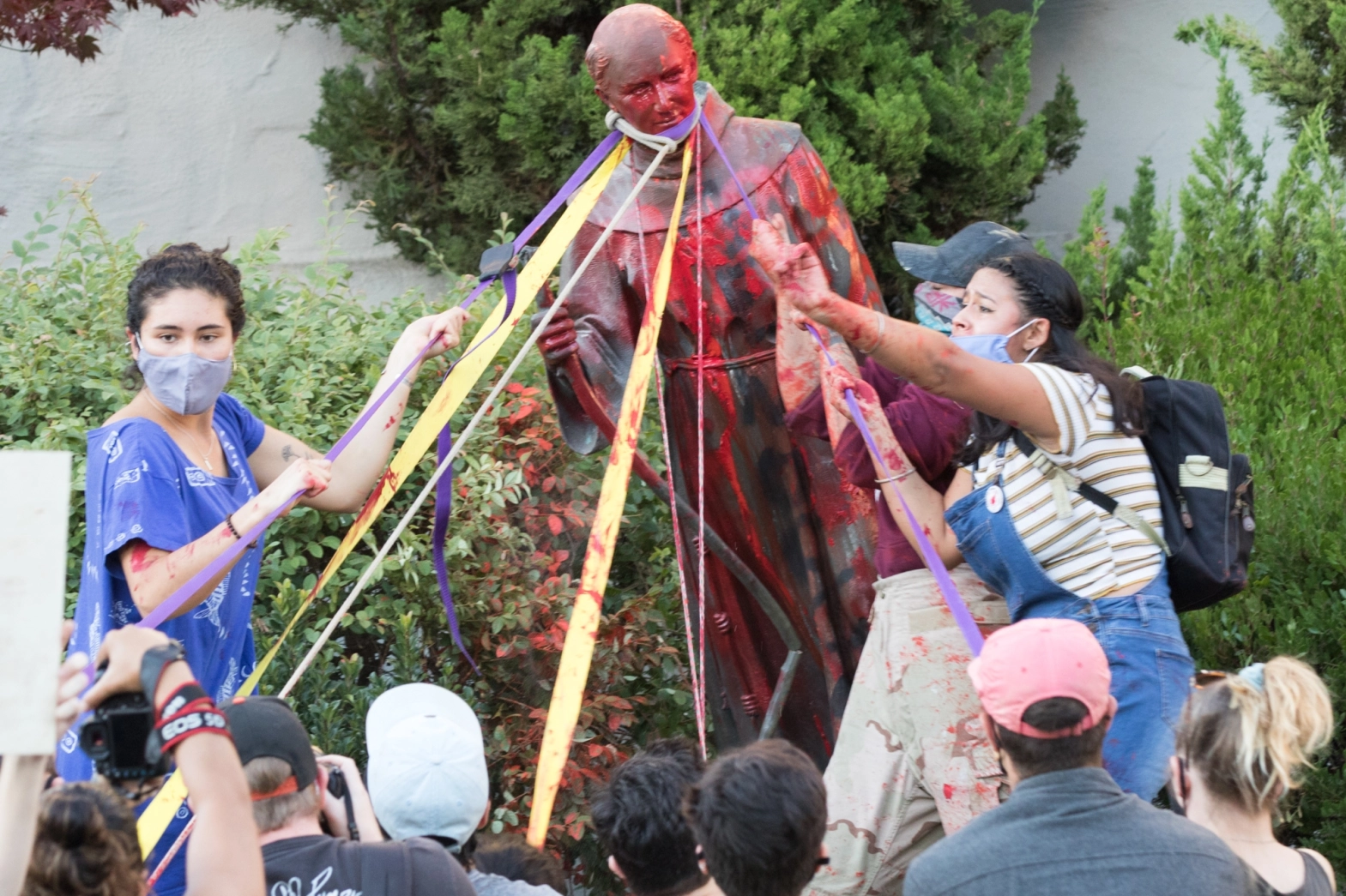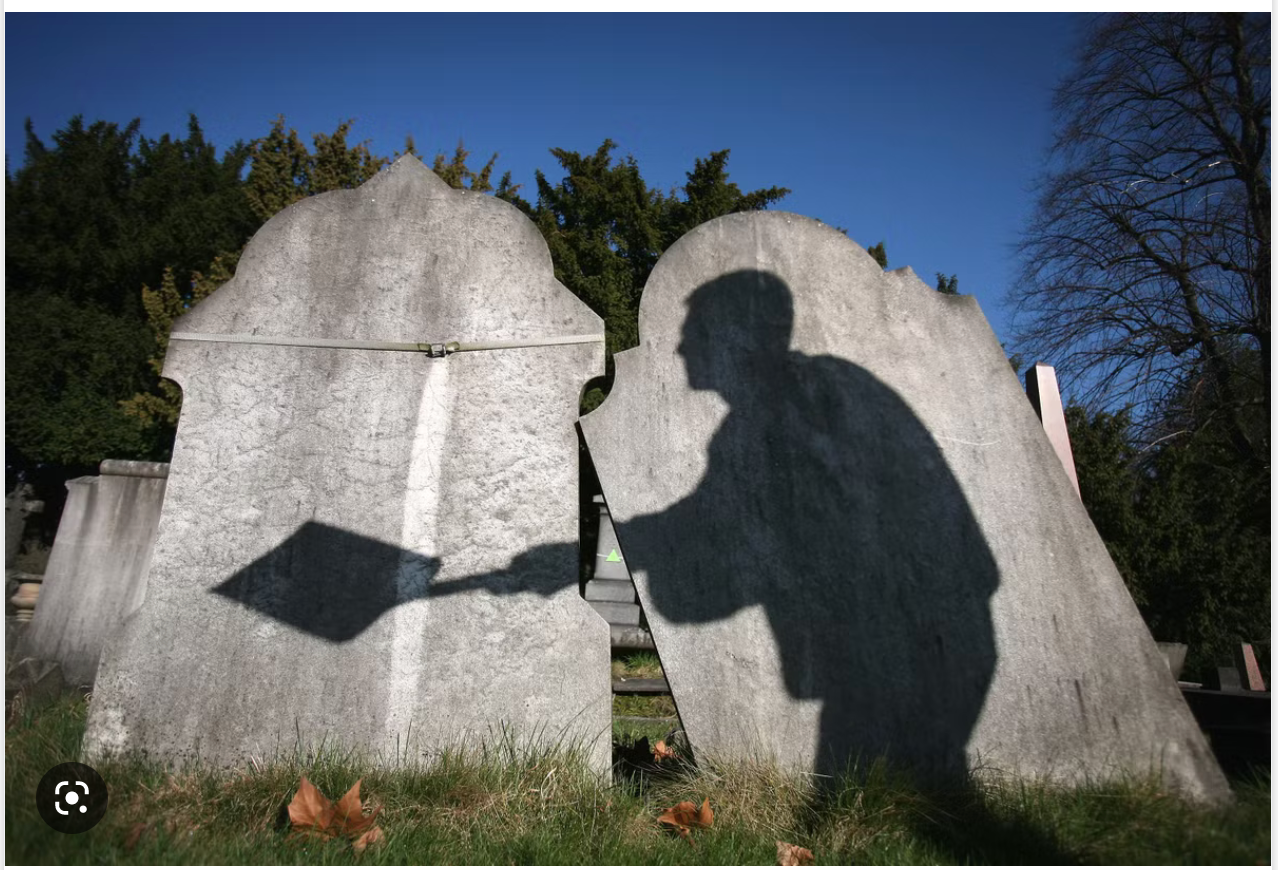Fra Filippo’s resplendent Madonna della Cintola, in the previous post, sent me to a favorite passage in The Waning of the Middle Ages. Johan Huizinga‘s portrait of the linchpins of the medieval world—the ideas that bound together religion, art, and literature—has a few things to say about relics. The significance of them to the culture that embraced them is an integral part of medieval civilization.
The distinctly corporeal conception of the saints was accentuated by the veneration of their relics, not only permitted by the Church but forming an integral part of religion.Continue Reading






